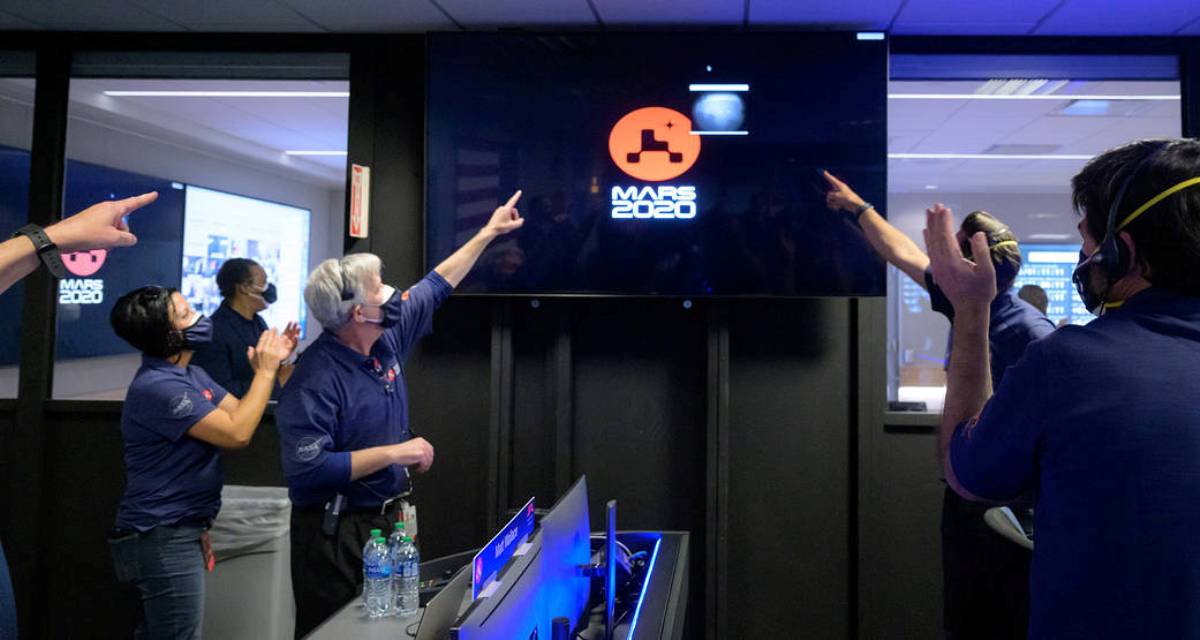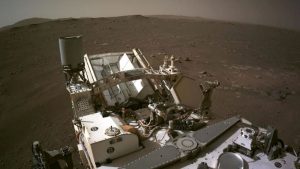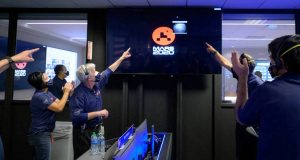NASA head Nelson says China hiding military presence in space
"I think that we just better not let down our guard," Nelson added.
The images were captured by Mastcam-Z, a zoomable pair of cameras aboard the Perseverance rover which touched down on the Red Planet on February 18.

NASA Perseverance Rover Lands on Mars (Image: NASA)
NASA has released the first high-definition panoramic view of its Mars rover Perseverance’s landing site at Jezero Crater.
The newly released panorama reveals the crater rim and cliff face of an ancient river delta in the distance, NASA said on Wednesday.
The panorama was stitched together on Earth from 142 individual images taken on Sol 3, the third Martian day of the mission on February 21.
Advertisement

The images were captured by Mastcam-Z, a zoomable pair of cameras aboard the Perseverance rover which touched down on the Red Planet on February 18.

Mastcam-Z is a dual-camera system equipped with a zoom function, allowing the cameras to zoom in, focus, and take high-definition video, as well as panoramic colour and 3D images of the Martian surface.
With this capability,
The cameras will also help the mission team determine which rocks the rover should sample and collect for eventual return to Earth in the future.

The camera system can reveal details as small as 3 to 5 millimeters across near the rover and two to three meters across in the distant slopes along the horizon.
The detailed composite image shows a Martian surface that appears similar to images captured by previous NASA rover missions.
Advertisement